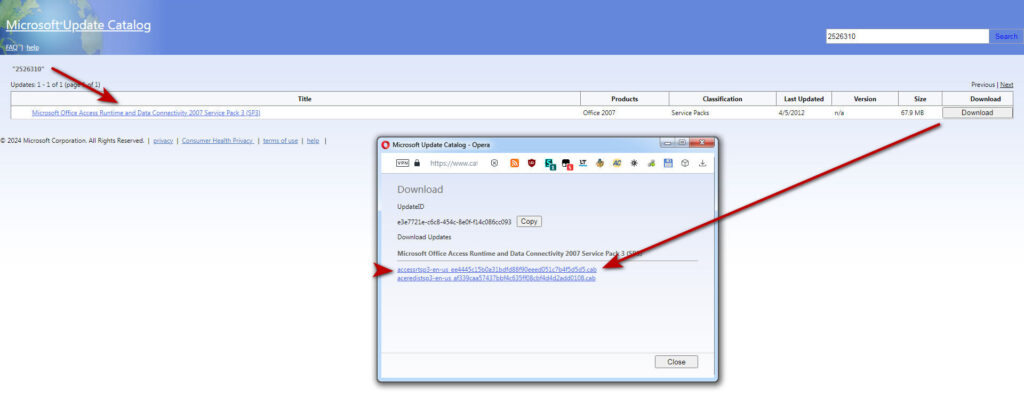A very good £20 Humble Bundle, currently live. The Ultimate 2D and 3D Artist Bundle.
* Moho 12.5. An old version (formerly Smith Micro’s Anime Studio). The Poser Moho import was bjorked in Moho after Moho version 12.5. I assume the 12.5 they’re now selling will interface with Poser, and that feature hasn’t been freshly removed for the bundle.
* Poser 12. Again, I assume Moho will recognise it? I seem to recall it just imports saved Poser scene files, rather than hooks into the runtime?
* Painstorm Studio and its more hand-holding sister Realistic Paint Studio. Two most-excellent digital painting applications for the desktop. Though I have to say I’m still waiting to get to the registration servers for my recently purchased Realistic Paint Studio. I tried absolutely everything, and it was always unresponsive. So you may not be able to get Realistic to register. I had no such problem with Paintstorm on the same PC, which uses exactly the same registration system and is from the same maker.
It’s for a medical disaster relief charity, so you can of course pay more if you can afford it. A Poser 12 licence alone would cost you $29 (currently) from the Clip Studio store Graphixly.
Pick up the new free Vue as well, as it can still talk to Poser 12 (if you also have 11 installed) and you’d thus get easy export of saved Poser scenes to a wide range of formats and software.





































